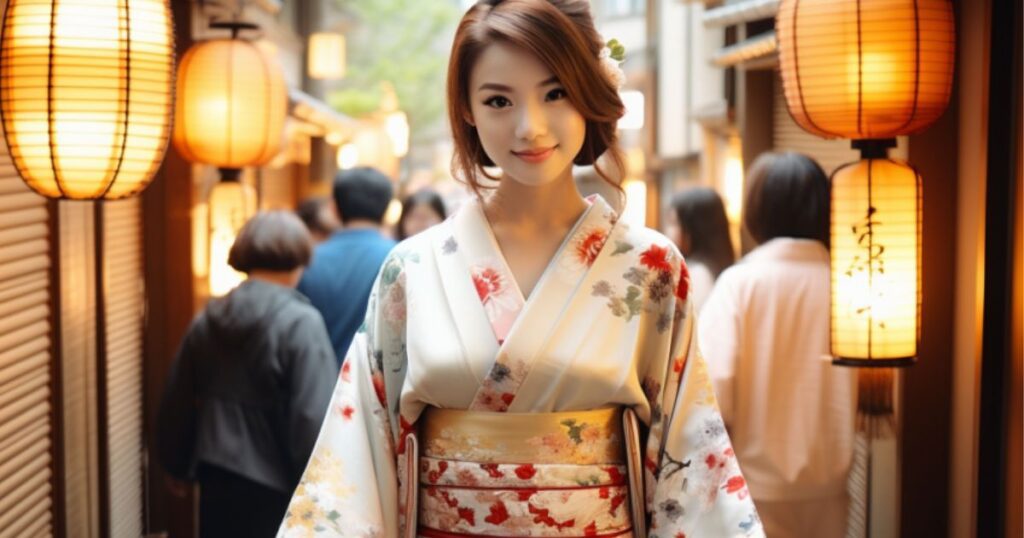Tokyo is a city of contrasts, where high-tech meets tradition. But it’s not just about flashy districts and ancient sites. This city hides treasures off the beaten path. Think secret bars and historic baths, each with a story. This article takes you to Tokyo’s less-seen sides, where quiet, everyday life adds to the city’s rich tapestry.
Let’s uncover the Tokyo that whispers its tales away from the usual tourist buzz that most tourists might not be aware of:
1. Neighborhood Niches: Tokyo’s neighborhoods often specialize in certain types of goods. For instance, Akihabara is known for electronics and otaku culture, Kappabashi is famous for kitchenware and restaurant supplies, and Jimbocho is the city’s district for second-hand books and sports equipment.
2. Hidden Bars and Eateries: Beyond the bustling streets are ‘yokocho‘ alleyways, where small, intimate bars and eateries offer a cozy atmosphere. These spots, sometimes only seating a handful of people, can provide an authentic and personal dining experience.
3. Subculture Scenes: Tokyo has a diverse array of subcultures that go unnoticed by most tourists. From the fashion-forward streets of Harajuku to the rockabilly groups in Yoyogi Park, there’s a wealth of subcultural exploration available.
4. Traditional Crafts: Amidst the high-tech buzz, Tokyo still cherishes traditional crafts. Districts like Asakusa still have workshops where artisans create items like hand-made ‘washi’ paper, ‘edokiriko’ cut glass, and even handcrafted ‘geta’ and ‘zori’ sandals.
5. Nature and Seasonal Spots: Tourists often miss the seasonal nuances of Tokyo’s many gardens and nature spots. Places like the Institute for Nature Study in Meguro or the various ‘kōyō’ (autumn leaf) spots are less well-known but offer stunning natural beauty.
6. Public Baths: Beyond the famous onsen, Tokyo has many public bathhouses, or ‘sento,’ which provide an inexpensive and authentic Japanese bathing experience, often with intricate tile art depicting Mount Fuji or other scenery.
7. Artisan Coffee Shops: The coffee culture in Tokyo is rich and varied. Amidst the third-wave coffee movement, there are cafes in Tokyo that have been perfecting their brew for decades, often overshadowed by more commercial chains.
8. Pockets of Silence: Despite its reputation for hustle and bustle, Tokyo has numerous spots of tranquility. Historical sites like the Nezu Shrine or gardens like those in the Hotel New Otani provide a peaceful respite from the urban frenzy.
9. End-of-Day Deals: At the end of the day, many food stores and supermarkets offer discounts on prepared foods such as sushi, bento boxes, and pastries, which is a common practice that most tourists are unaware of.
10. Emergency Preparedness: Tokyo is exceptionally well-prepared for emergencies, with detailed evacuation maps and instructions rarely found in other cities. In the event of an earthquake, residents and tourists alike are often amazed by the orderly and calm response.
11. Local Festivals: Beyond the famous celebrations, there are local ‘matsuri’ festivals like Tanabata that happen almost every weekend somewhere in Tokyo, offering experiences filled with culture, street food, and tradition.
Tokyo is a city of endless layers, where each visit can reveal new secrets, and each street corner tells a different story. Beyond the robot restaurants and the iconic tuna auctions, there exists a Tokyo that operates beneath the surface, one that is not readily found in guidebooks or on social media feeds.
To honestly know Tokyo is to venture beyond the familiar, engage with its hidden history, appreciate its quiet corners, and understand that the city’s soul is woven through the intricate subtleties that most tourists never discover. It is these nuanced elements of Tokyo that offer the most decadent experiences to those willing to look a little closer.
